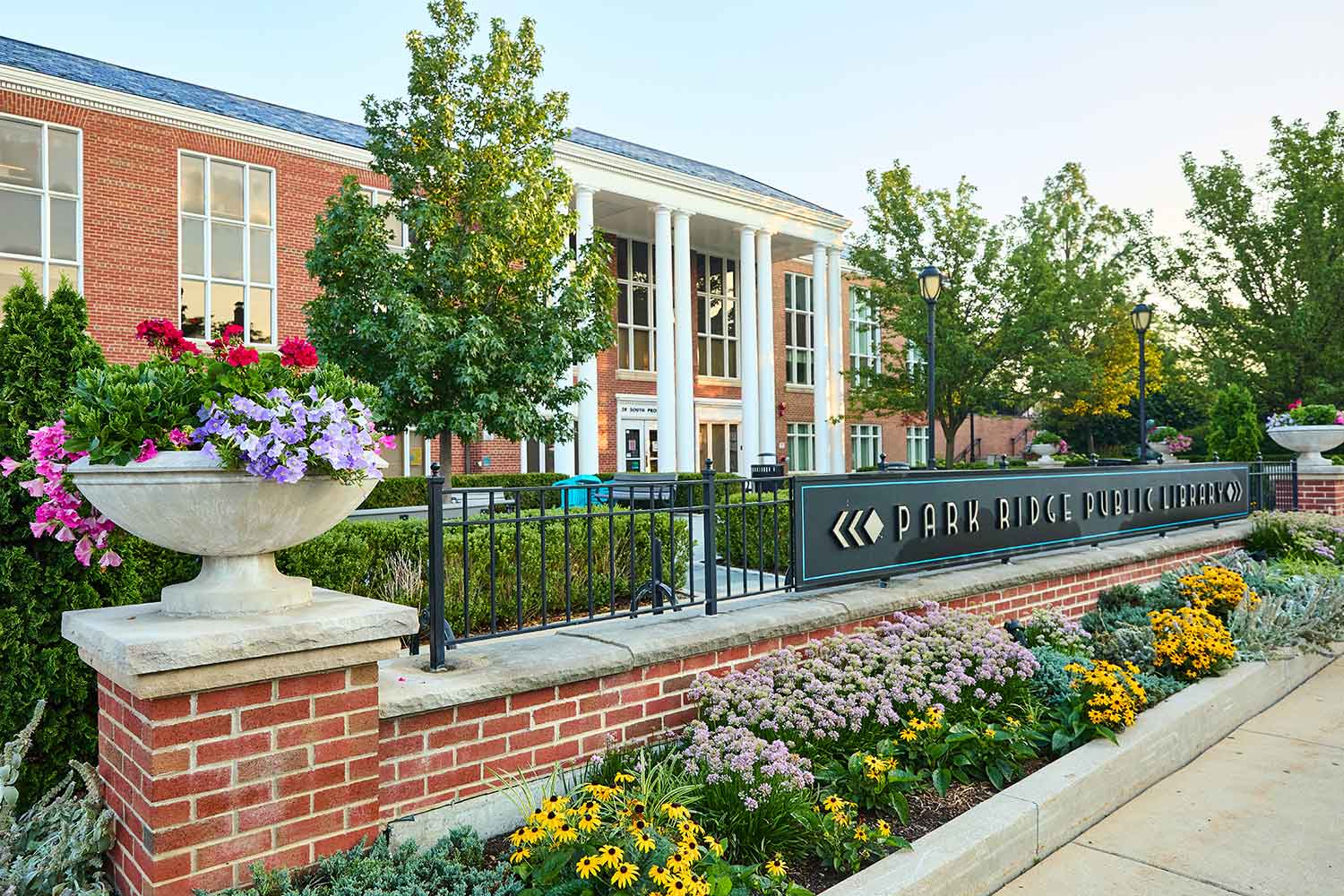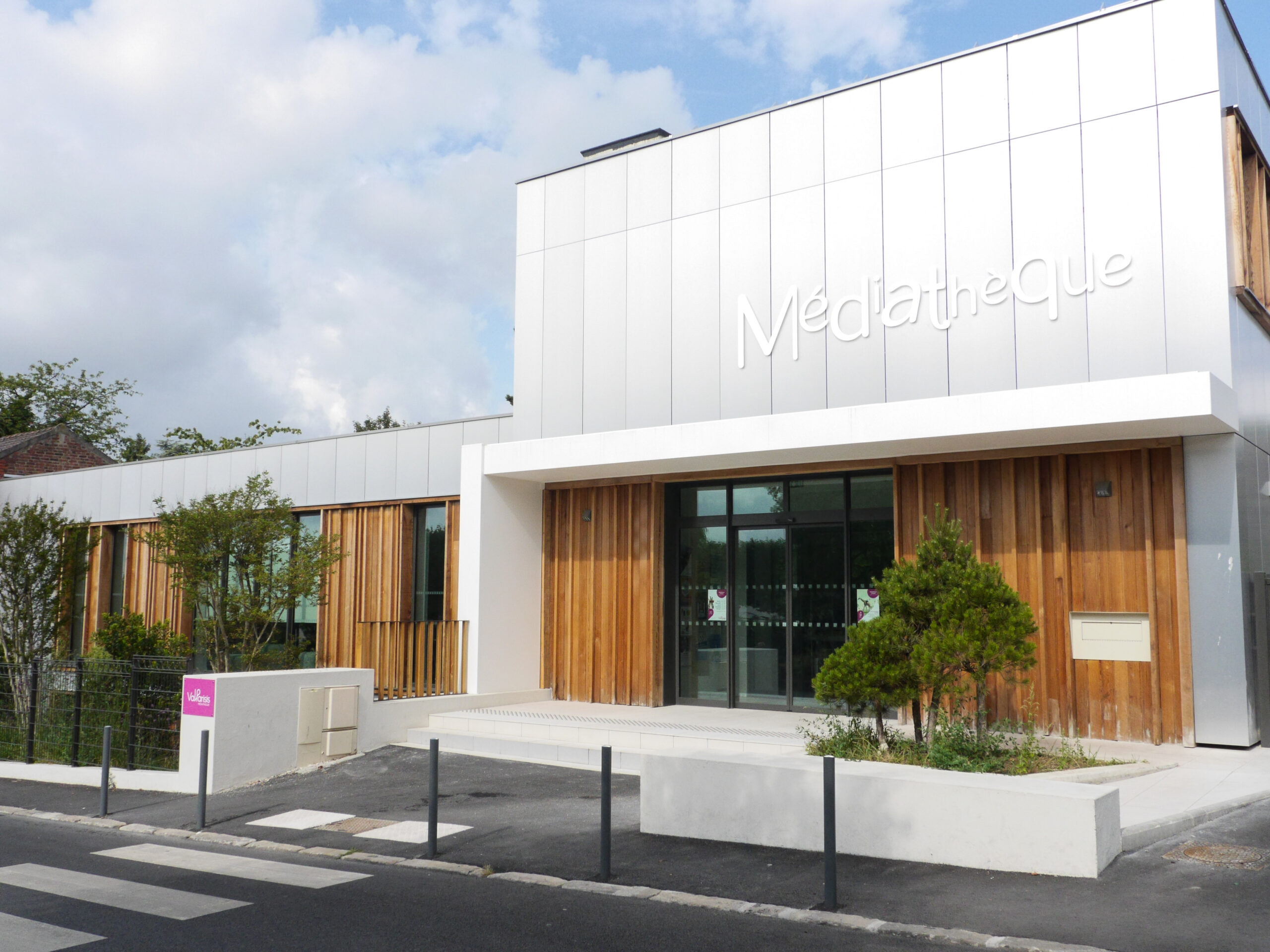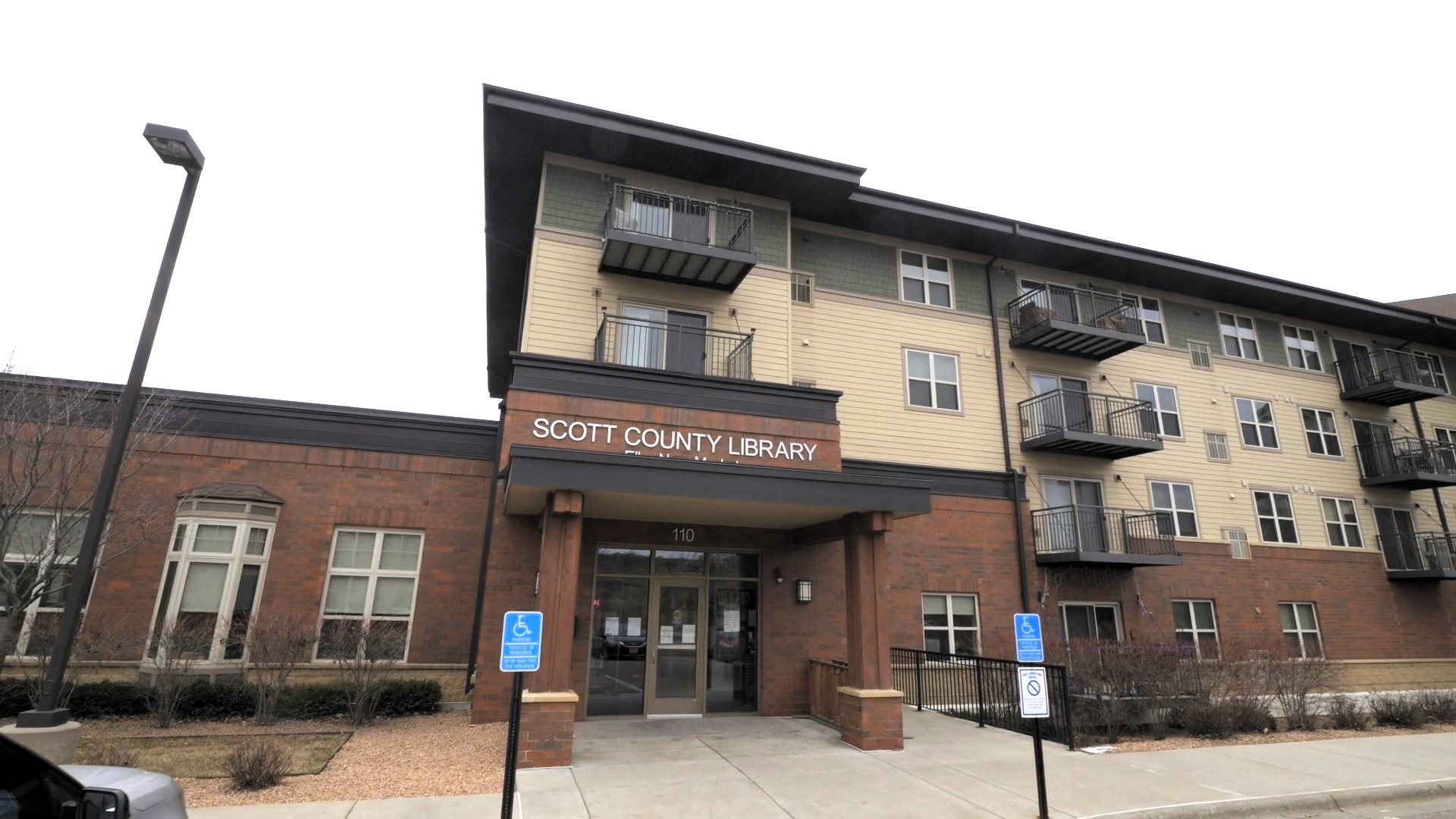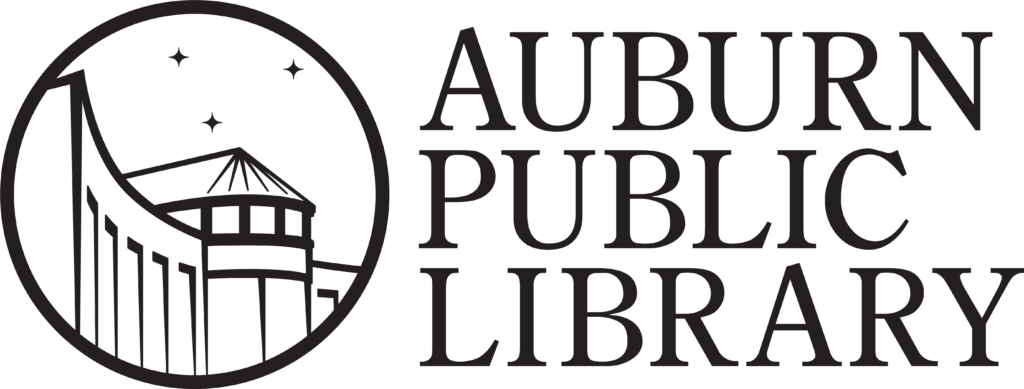Challenge
Solution
Result
Auburn, best known as the home of Auburn University, is Alabama’s fastest-growing metropolitan area. As is often the case with areas experiencing rapid growth, building infrastructure quickly enough to meet growing community needs is a challenge. In 2017, the Auburn Public Library turned to technology to help. The one-branch library converted its collection to RFID in order to make the library more efficient and better serve its patrons.
To take advantage of all that RFID has to offer, Auburn implemented Bibliotheca’s inventory management solution, selfChecks, and RFID gates. Self-service borrowing was new to the community, but it caught on quickly and proved invaluable almost immediately.
“We implemented the selfChecks in May, and then we went right into our busiest summer learning season,” says Tyler Whitten, Library Director. “If we had not had the selfChecks, I don’t know how we would have managed all those returns or how we would have helped all those patrons with all their needs.”
Offering self-service freed library staff and allowed them to focus on the numerous summer activities. It also greatly reduced the waiting time for patrons who choose to borrow items from the circulation desk.
“Though 90% of our checkouts are now self-service, we still have those patrons who enjoy engaging the staff. The selfChecks do a lot of work to keep lines short for those looking for more involved interactions,” says Whitten.
Building on their success with self-checkout, Auburn began using the selfChecks to allow patrons to return items as well.
“If our patrons have an overdue item or a full library card, they can use the selfChecks to check in their own materials quickly,” says Whitten. “They don’t have to wait for staff to process their returns, and it also helps us to get books back into circulation faster.”
Bibliotheca’s RFID solutions allow materials to be processed in bulk instead of scanned one by one, vastly accelerating both the borrowing and returning process.
“The selfChecks allowed us to increase our circulation limits, which probably would have been impossible otherwise,” says Whitten. “Back when I first started, patrons could borrow ten items, and I remember the lines. Now they can take out up to 75 items at a time if they want. We couldn’t facilitate that many items if staff had to scan barcodes individually.”
Bridging the gap
The City of Auburn is in the midst of a long-running plan to restore and revitalize the Northwest Auburn neighborhood, which has been underserved for some time. The city plans to build the library’s second branch in this neighborhood, but it will be a few years until that goal can be realized. To bridge the gap, the Auburn Public Library has created a microbranch inside the newly renovated Boykin Community Center.
“We want to communicate to the community that we are trying to get there as quickly as possible,” says Whitten. “We wanted to get some presence in the neighborhood so we could at least offer convenient holds pickup and a small browsing collection.” so people could go and get things. It would facilitate communication with them that we’re trying to be there as quickly as possible to provide services.”
You may also like
Insights + Trends

Park Ridge Public Library: Improving the Patron Experience with RFID Technology
RFID technology has positively impacted Park Ridge Public Library—from streamlining checkout processes to adding new programs.

Val Parisis Media Library: A Metamorphosis with open+
Explore how Bibliotheca’s open+ technology is transforming library services in the Val Parisis area in France by extending operational hours and enhancing accessibility without additional staff.

Scott County Library: Transforming access with open+
Boosting Access: Scott County Libraries Extend Hours and Services for Community


